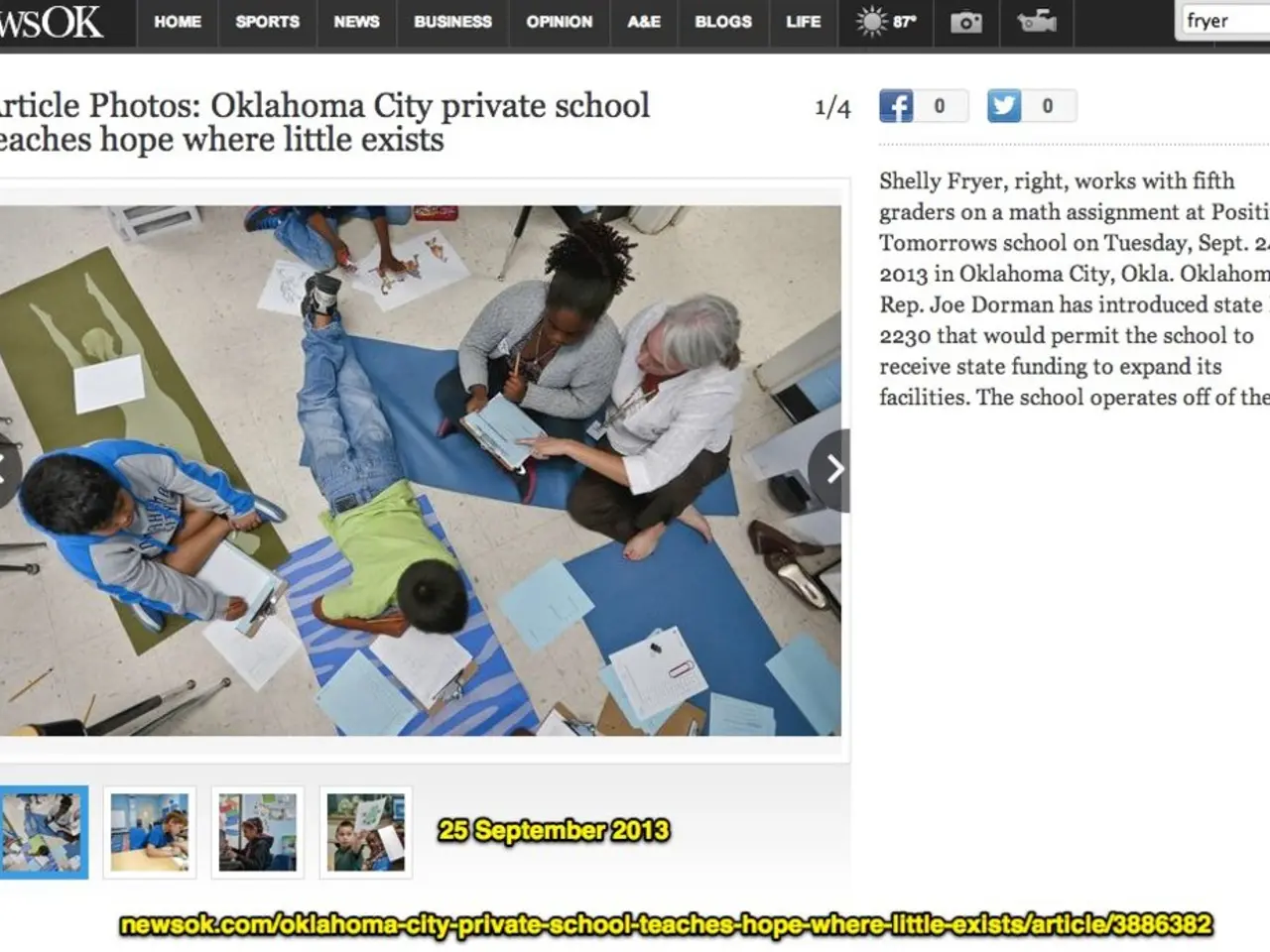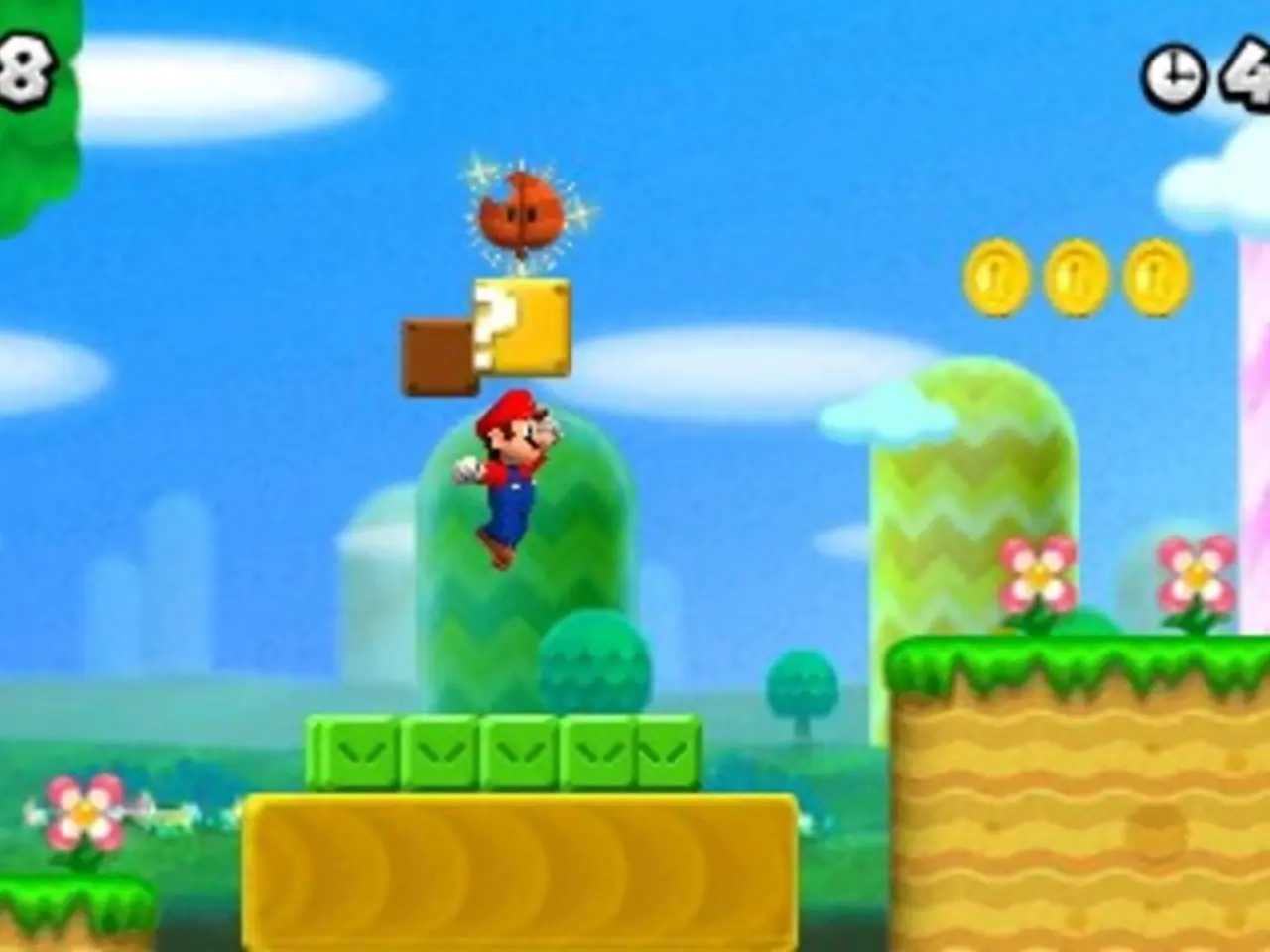Transforming Mealtimes through Food Subscription Services: Convenience Redefined
The food subscription market is experiencing a surge in popularity, driven by evolving consumer preferences, technological advancements, and a growing emphasis on sustainability.
Current Trends ----------------
### Rising Adoption of Subscription-Based Models
Subscriptions for food ordering and delivery are increasingly popular, with 22.1% of consumers preferring this convenient approach for multiple meals throughout the week. This model offers benefits such as discounts, free deliveries, and rewards, making it an attractive option for busy consumers.
### Mobile Apps as Primary Ordering Channel
The majority of food subscription and delivery orders are placed via mobile apps, favoured for their user-friendly interfaces. Approximately 58.8% of users order through mobile apps, enhancing digital engagement and seamless ordering experiences.
### Focus on Health, Freshness, and Functionality
Consumers demand fresh, functional foods that promote health benefits such as gut health and immunity. This trend translates into subscriptions offering fresh, nutritious, and hyper-local products, aligning with preferences for provenance, transparency, and regenerative sourcing practices.
### Sustainability and Transparency
Sustainability is a significant consumer consideration, driving brands to adopt eco-friendly packaging, reduce waste, and provide detailed product information through technologies like smart labeling and QR codes. Transparency about food origin, nutritional value, and carbon footprint builds trust and brand loyalty in subscription services.
### Digital Transformation and Personalization
Food subscription services leverage AI-powered menu personalization and digital ordering to enhance customer experience. Contactless payments and cloud kitchens supporting delivery-only models help scale operations efficiently and meet rising demand for convenience and variety.
Future Opportunities --------------------
### Market Growth and Expansion
The global food service market, of which food subscriptions are a growing segment, is projected to grow from about USD 3.88 trillion in 2025 to USD 6.46 trillion by 2035 at a CAGR of 5.3%. This growth is propelled by urbanization, increasing disposable incomes, and lifestyle shifts favouring on-demand dining.
### Health and Wellness-Oriented Offerings
Subscriptions can capitalise on consumers’ interest in functional foods, fresh produce, and specialty diets such as Mediterranean or plant-based menus. These offer health benefits and appeal to wellness-conscious shoppers.
### Integration of Technology for Enhanced Experience
Future subscription platforms can adopt advanced technologies like AI, smart labeling, and augmented reality to provide interactive product information, personalised recommendations, and improved ordering convenience.
### Sustainability as a Differentiator
Brands that embed sustainability—through local/regenerative sourcing, eco-friendly packaging, and waste reduction—can differentiate themselves in the competitive subscription market and gain consumer trust.
### Partnerships and Corporate Programs
Collaborations with corporations to provide subscription meal plans as employee wellness benefits or with other loyalty programs can expand customer bases and create steady revenue streams.
Summary Table -------------
| Aspect | Current Trend/Opportunity | |-----------------------------|-----------------------------------------------------------| | Popular Ordering Method | Mobile apps dominate (58.8% users) | | Subscription Preference | 22.1% consumers prefer subscription plans | | Consumer Demand | Fresh, functional, hyper-local, and health-focused foods | | Sustainability Focus | Eco-friendly packaging, smart labeling, regenerative sourcing | | Market Growth | Projected CAGR 5.3%, reaching USD 6.46T by 2035 | | Technology Integration | AI personalization, contactless payments, cloud kitchens | | Strategic Expansion | Corporate partnerships, loyalty programs |
These factors position the food subscription market for substantial growth, innovation, and consumer-centric evolution over the next decade. Key players in the market include Daily Harvest, Home Chef, Freshly, Blue Apron, and HelloFresh. Developing efficient logistics systems will be critical for reaching these markets, while seasonal and limited-edition offerings can create a sense of urgency and exclusivity, driving subscriber growth. Sustainable packaging is gaining traction as customers prioritize eco-friendly practices. Freshly delivers chef-prepared, ready-to-eat meals targeting busy professionals and health enthusiasts, while companies like Home Chef incorporate feedback loops to continually improve their offerings, fostering a sense of loyalty and ongoing engagement. The food subscription business model offers numerous benefits for both consumers and businesses, with major players in the market expected to see higher customer retention rates due to the convenience and personalization offered. Recurring revenue from subscription models generates predictable, recurring revenue, which is attractive to investors and helps businesses manage cash flow more efficiently. Artificial intelligence (AI) is simplifying subscription management, handling customer inquiries and modifications efficiently. Subscription services like Blue Apron and HelloFresh offer customizable meal plans, allowing for dietary preference choices. Health and wellness will continue to be a major focus, with consumers seeking nutritious and balanced meal plans.
- Startups focusing on food-and-drink subscription services are seeing opportunities due to the market's growth and expansion, with the global food service market projected to hit USD 6.46 trillion by 2035, a CAGR of 5.3%.
- Small businesses in the food subscription market can leverage technology for enhanced user experience, integrating AI, smart labeling, and augmented reality to provide interactive product information, personalized recommendations, and improved ordering convenience.
- Strategic partnerships with corporations can help food subscription services expand customer bases and create steady revenue streams by offering subscription meal plans as employee wellness benefits or through loyalty programs.
- Subscription services should consider scaling their operations efficiently, using contactless payments and cloud kitchens supporting delivery-only models, while staying focused on sustainability as a differentiator through local/regenerative sourcing, eco-friendly packaging, and waste reduction.
- Marketing strategies for food subscriptions should emphasize health and wellness-oriented offerings, such as functional foods, fresh produce, and specialty diets, to appeal to wellness-conscious shoppers.
- The competitive food subscription market can benefit from analytics to understand consumer preferences, improve menu personalization, and optimize logistics for streamlined delivery, ultimately contributing to business growth.



